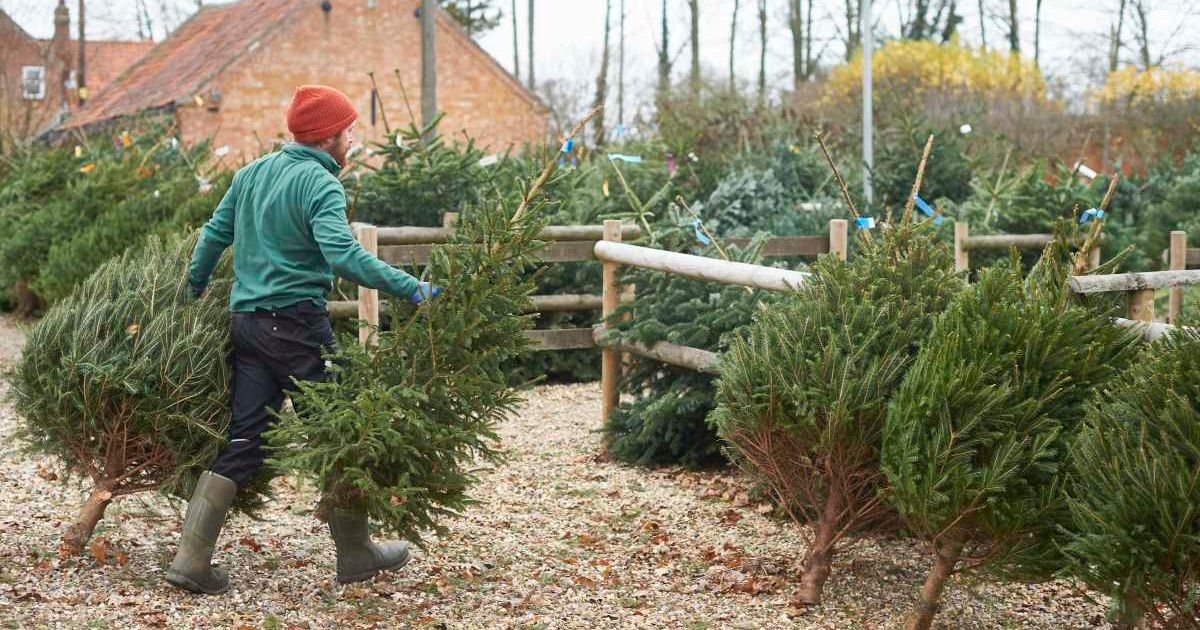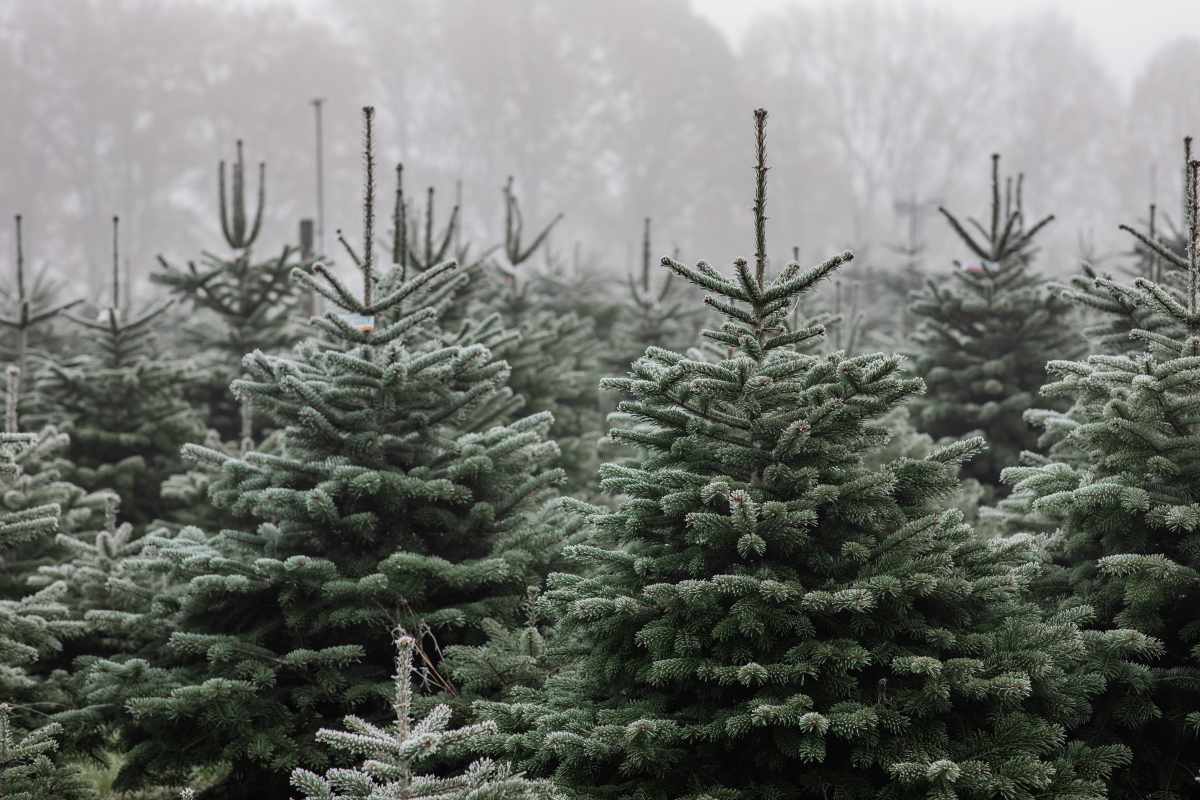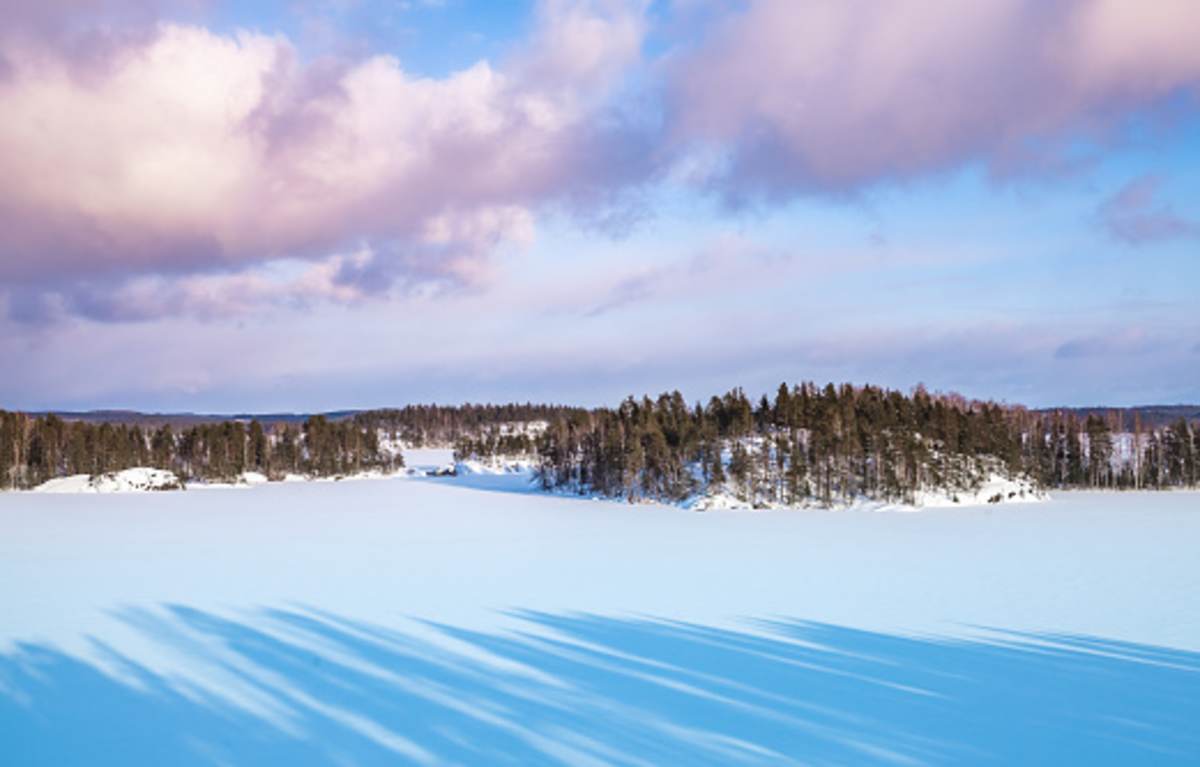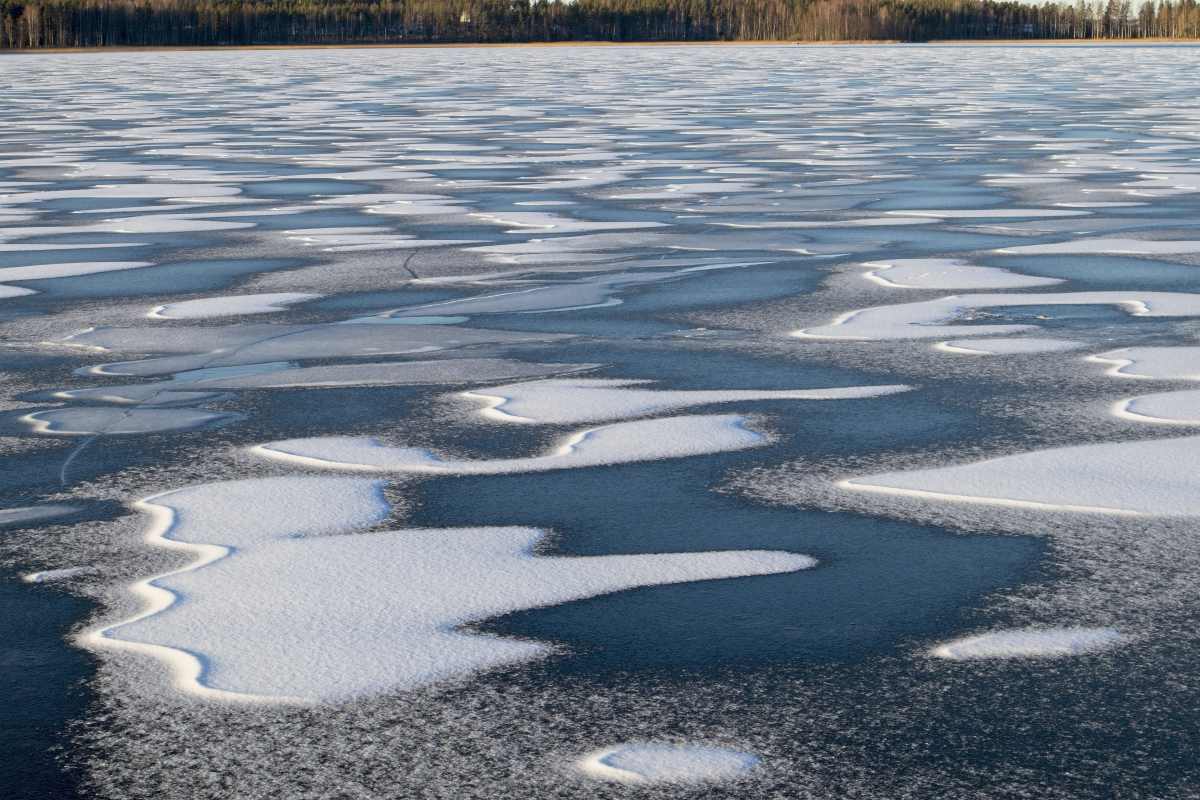Researchers Dump 1,500 Christmas Trees Into Frozen Lake — No One Was Ready for the Result

Trees are nature’s version of gold. They do not have high monetary value, but are vital to every ecosystem in nature, be it on land or underwater. When a team of scientists in Finland dumped 1,500 Christmas trees in a frozen lake to experiment on how it affected the aquatic environment of the lake, they did not realize they were doing the fish a favor. A new report by Diario AS revealed the assuring results of the ambitious experiment that provided new information on lake dynamics. While their project was scientifically backed, even local fishermen of the lake acknowledged the increased underwater activity.

Christmas trees underwater are a gift to nature

While we cannot stress enough the value of trees on land, it turns out, even submerged ecosystems benefit from it. A team of Finnish researchers wanted to explore the impact of fir trees underwater in the local ecosystem of a lake. Therefore, in 2021, they headed for their significant project and tossed 1,500 fir trees into Lake Saimaa, a large and frozen lake, in the city of Lappeenranta. Their ultimate aim was to create a wood habitat for the aquatic ecosystem and assess its impact after some time. Three years went by, and the fir trees lay on the lake bed until the Finnish scientists returned.

It was time to retrieve the fir trees back on land and note the changes in the lake’s aquatic environment. They aspired to figure out whether the fish populations had increased or the lake’s water mass benefited from the wood park. Lead scientist of the study, Kari-Matti Vuori, was thrilled to notice the positive effects on the lake ecosystem. They reported increased benthic production in regions where the fir trees were placed, which means there were more organisms living on the lakebed. Not only did the benthic animals increase ten times more than before, but the species diversity also “quintupled.” Ultimately, the largely frozen lake now had higher fish populations in specific regions, and local fishermen shared their observations with the lead scientist.
Reuse Christmas trees

The researchers of the Finnish Environment Institute (SYKE) gained attention for their unique and eco-friendly way to get rid of Christmas trees, per News.am, a local outlet in Armenia. Rather than pass it through a shredder, the trees are best dumped into lakes that facilitate positive growth of fish populations and lake mass. According to the report, Christmas trees are rich sources of carbon and act as natural “carbon sinks” that remain underwater for centuries and minimize carbon dioxide levels underwater.

"There's a continuous process of growth and of taking carbon out of the atmosphere, which is a positive thing," said John Kazer, a footprint certification expert at the Carbon Trust, a UK-based environment consultancy, per BBC. Christmas trees should be prevented from ending up in landfills, where they contribute to the production of methane, a greenhouse gas more potent than CO2. Hence, a tree in a landfill emits five times more carbon compared to a tree that does not, as estimated by the Carbon Trust. So, better toss it in the lake.